
3 minute read
Free Up Yuhself! It’s Carnival
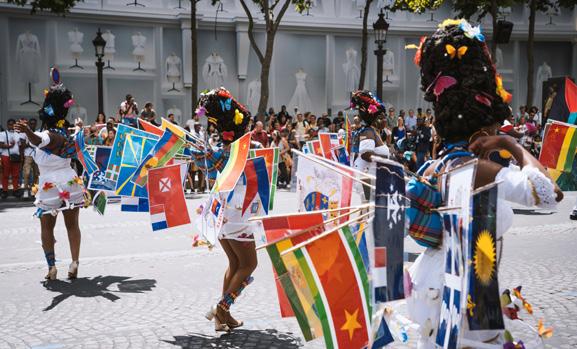
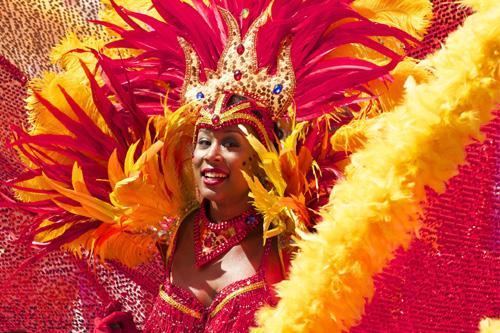
Advertisement
French and British settlers took over the West Indies in the 17th and 18th centuries bringing their diseases, ideas, and religion. We don’t need to relive the details of colonization, however there is one gift that they brought to the Caribbean that is still celebrated today - Carnival! When France came to Trinidad and Tobago, they saw free Black people and British nationals and decided to introduce the tradition of Fat Tuesday. Some say this is the origin of how Caribbean Carnival began. Today, many cultures view Carnival as a time to celebrate freedom, emancipation, and culture. Depending on the country or city, you can expect at least 5 days of festivities including delicious food, high energy music, and beautiful vibratious costumes (and good vibes). Over the spring and summer you will see different variations of Carnival celebrations pop up internationally. Caribbean and West Indian people across the globe celebrate their culture no matter where they are. All Carnival celebrations are very unique. The season kicks off in February at the mother of Carnival in Trinidad and Tobago. TNT is the “ OG” Carnival, but there are quite a few that you do not want to miss. If you’ve seen that viral image of Rihanna in her white costume, that was taken at Barbados’ CropOver. Canada has Caribana, the UK has Notting Hill Carnival, and of course most coastal cities in the US have their own Carnival, as thousands of Caribbean people and their descendants have relocated here. Carnival season ends in the US with Miami Carnival in October. The most beautiful fact about this celebration is that it is so coordinated across the world, that no Carnival overlaps with that of another. This way, all the people who want to play mas, can do so without missing a beat. Festival week, commonly and locally known as Carnival Week or Bacchanal Week usually starts off with fetes. To fete is the West Indian way to party. There is an all white fete, a flag fete, and some sort of wet fete or J’Ouvert. Wet fetes can be similar to a foam party, but in pure Carib style. Historically, countries like Grenada or Trinidad have Jab Jab (an oil fete meant to represent self expression and mocking of the Devil)and. J’Ouvert is a fete similar to Hindu Holi, where participants celebrate life by dancing while covered in paint and powder (except J’Ouvert is not religious and alcohol is encouraged). Depending on the country, J’Ouvert is an all day event that leads up until it‘s time to play mas. People celebrate with traditional food, drinks and Soca or Calypso music. The day that everyone looks forward to is di road. In the morning or the day before, there is usually a kiddie carnival where people under 15 play mas. This is the day of the parade where all the bands display the costumes and walk/dance for approximately 10 miles (shorter distance for kiddie carnival). During the week or at the end of the parade there is usually a concert and party with food to conclude the celebration.
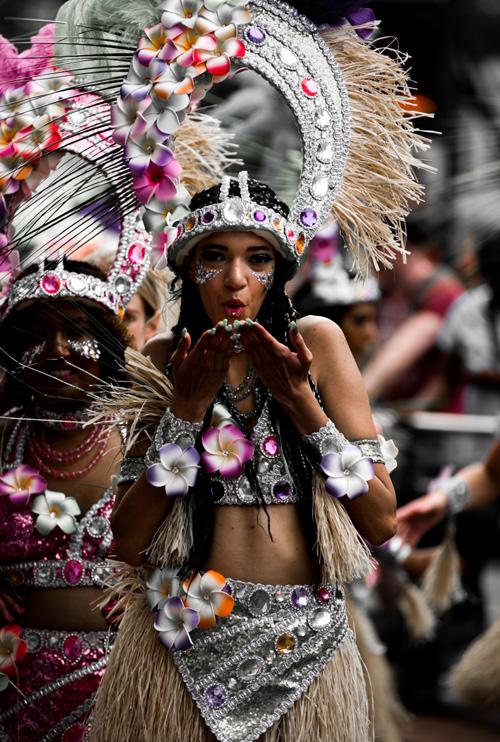
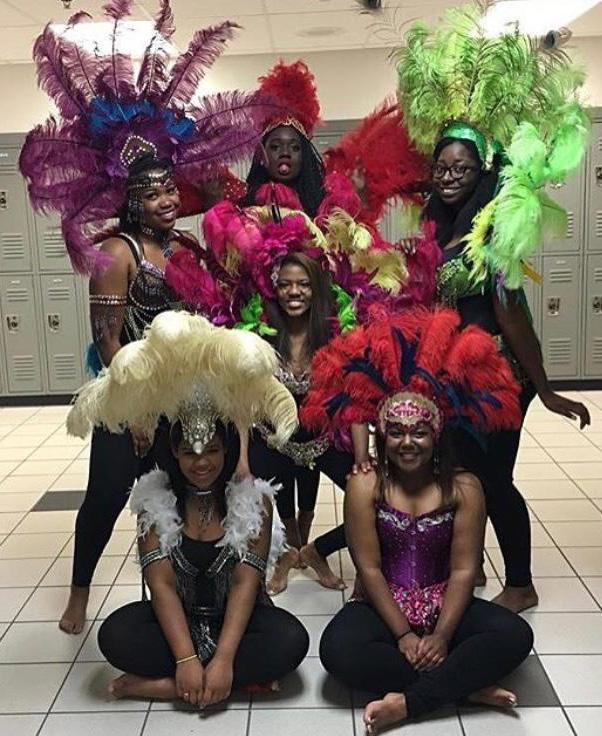
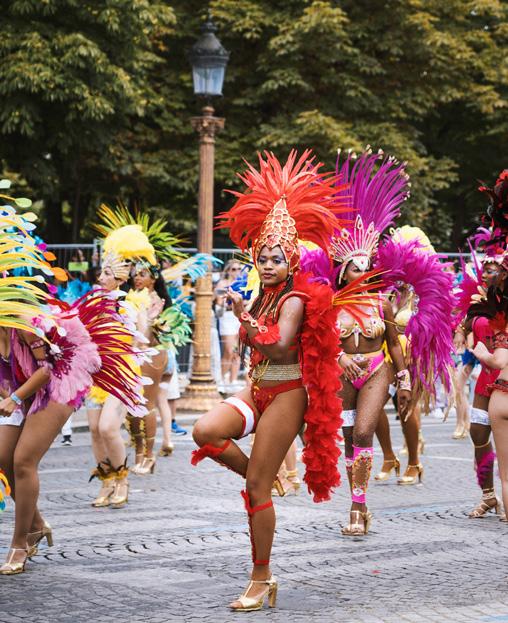
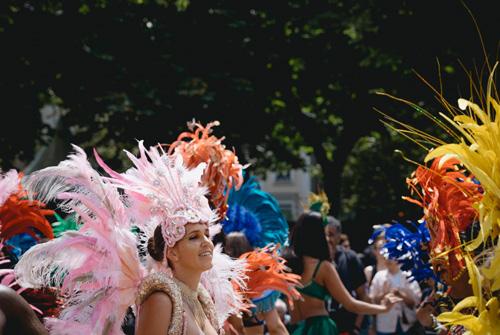
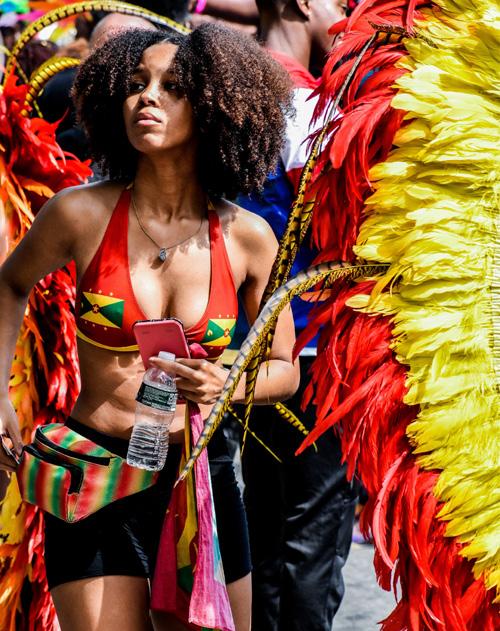
Terms to get familiar with:
Fete (fet) Bacchanal (ba-kuh-nahl) Masqueraders “Play mas” Mas band
- West Indian party that plays Soca music - a party with even higher energy than a fete, usually last longer - people who dress in costume to celebrate on di road (the parade) - to go to the carnival parade and be a masquerader in a mas band during the parade of bands - team of people who create costumes and have a truck that plays music during the parade. May include moko jumbie (stilt walkers), a dj, band leaders, and masqueraders.










